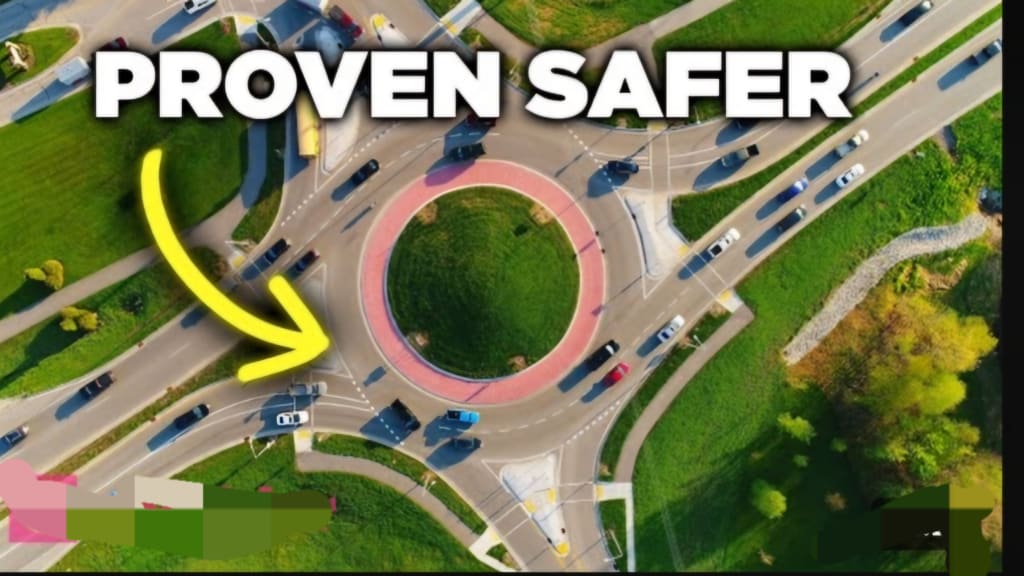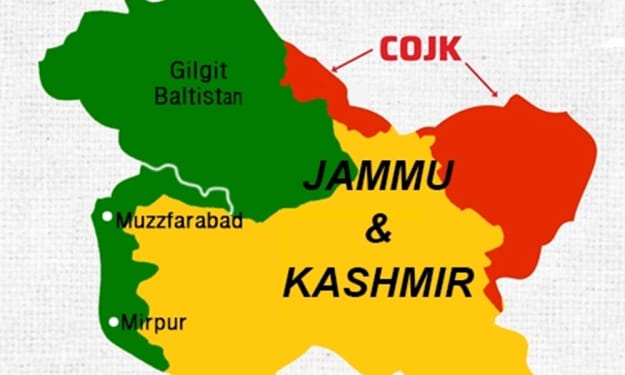Why the U.S. Hates Roundabouts: Unpacking the Resistance and Benefits
The Rise of Roundabouts: Overcoming America's Reluctance

### Why the U.S. Hates Roundabouts: Unpacking the Resistance and Benefits
Carmel, Indiana, a city of 97,000 people just north of Indianapolis, holds an unusual record. It boasts over 125 modern roundabouts, more than any other city in the United States. This number accounts for three percent of the country’s total roundabouts. In contrast, the U.S. is far behind other countries in the adoption of roundabouts. France leads with over 30,000 roundabouts, followed closely by the United Kingdom with 25,000. So, how did this small Midwestern city become the roundabout capital of the U.S.?
### The Vision of Mayor Jim Brainard
The transformation of Carmel can be credited to Mayor Jim Brainard. During a graduate school trip to England, he observed the ease and safety of the country’s numerous roundabouts. "Drivers were yielding to traffic, bikes, and pedestrians. There were no unsightly traffic signals and no long lines or congestion. It made me wonder why the U.S. had not done more roundabouts," Brainard recalls.
When Brainard was elected mayor of Carmel in 1996, he made it his mission to cover the city with roundabouts. Beyond easing traffic congestion, roundabouts have a proven safety record. Carmel has seen an 80% reduction in injury-causing car accidents since the 1990s.
### The Safety and Efficiency of Roundabouts
Roundabouts are not just about reducing congestion; they significantly enhance safety. Modern roundabouts have been shown to reduce accidents by 38% and fatal crashes by up to 90%. The key lies in their construction: a roundabout is a small, one-way circular intersection built around a raised center island. Drivers must yield to circulating traffic as they enter and exit. This design forces drivers to slow down, thus reducing collision rates. Even if accidents occur, injuries are less severe due to the lower speeds.
It’s important to distinguish modern roundabouts from traffic circles or rotaries. Traffic circles are larger, allow higher speeds, and do not require drivers to yield to circulating traffic. These differences contribute to higher collision rates in traffic circles, which led to their decline in popularity.
### The History of Traffic Circles and Roundabouts
The first traffic circle, Columbus Circle in New York City, was built in 1905. Traffic circles spread across the U.S. because they enabled high-speed merging and weaving, but they also caused more vehicle collisions and quickly fell out of favor. By the 1950s, their development had nearly halted worldwide.
In 1966, Frank Blackmore, a city engineer in the United Kingdom, sought to rectify the problems caused by traffic circles. He developed the modern roundabout with a "give-way" rule, requiring entering drivers to yield to circulating traffic. This innovation made intersections much safer and the concept quickly spread throughout Europe.
### The Slow Adoption in the United States
Despite Blackmore's success in Europe, the modern roundabout did not catch on quickly in the U.S. American engineers were skeptical, and public opinion was largely negative. In 1984, American engineer Leif Ourston set out to change that. Ourston reached out to Blackmore for help, drawing a parallel to Winston Churchill’s call for Anglo-American cooperation during World War II. Blackmore agreed, and the two traveled around California persuading traffic officials to build modern roundabouts.
### Public Perception and Resistance
However, the public was not convinced. Surveys showed only 20% of drivers approved of roundabouts. Even when projects were approved, they were often met with protests. Despite this resistance, the first two modern roundabouts in the U.S. were successfully constructed in a Las Vegas subdivision in 1990. This success drew the attention of city planners, and roundabouts slowly began appearing across the country.
### The Availability Heuristic and Misconceptions
One reason for the American distaste for roundabouts could be the availability heuristic, which describes how people form opinions based on immediate thoughts or memories. Many Americans confuse modern roundabouts with traffic circles, recalling scenes from movies like *European Vacation* where characters are trapped in endless loops. This misconception stems from the high collision rates of traffic circles in the early 1900s, leaving Americans with a lasting negative impression.
### The Comfort of Traffic Signals
Americans are also comfortable with the binary system of traffic signals, where red means stop and green means go. This system creates an illusion of safety, as drivers feel more in control with clear instructions. In contrast, roundabouts require drivers to rely on their judgment and the actions of others, leading to confusion and stress, especially for those unfamiliar with the concept.
### Lack of Familiarity and Training
Another theory is that Americans simply don’t know how to use roundabouts. In many parts of the country, roundabouts are still rare, and some states don’t even require drivers to navigate them during their driving tests. This lack of familiarity can make the first encounter with a roundabout stressful, establishing a negative experience.
### The Benefits of Roundabouts
Despite the resistance, roundabouts offer significant benefits. They reduce vehicle collisions by 38%, are cheaper to construct and maintain, and reduce congestion. Roundabouts save $5,000 to $10,000 per year in maintenance and electrical costs. They improve traffic flow, with studies showing up to an 89% reduction in vehicle delays and a 56% reduction in vehicle stops.
Additionally, roundabouts have environmental benefits. A study in Sweden found a 29% reduction in carbon emissions and an 8% reduction in fuel consumption in areas with roundabouts.
### Changing Attitudes
Fortunately, more Americans are starting to accept roundabouts. Studies show that once drivers learn to use them, their attitudes improve. Community surveys reveal that approval rates for roundabouts increase from 30% before construction to 50-70% afterward.
### Conclusion
While modern roundabouts may not yet be widely popular in the U.S., attitudes are slowly changing. With their proven safety and efficiency, roundabouts may become a more common sight on American roads in the future.
About the Creator
Enjoyed the story? Support the Creator.
Subscribe for free to receive all their stories in your feed. You could also pledge your support or give them a one-off tip, letting them know you appreciate their work.





Comments
There are no comments for this story
Be the first to respond and start the conversation.